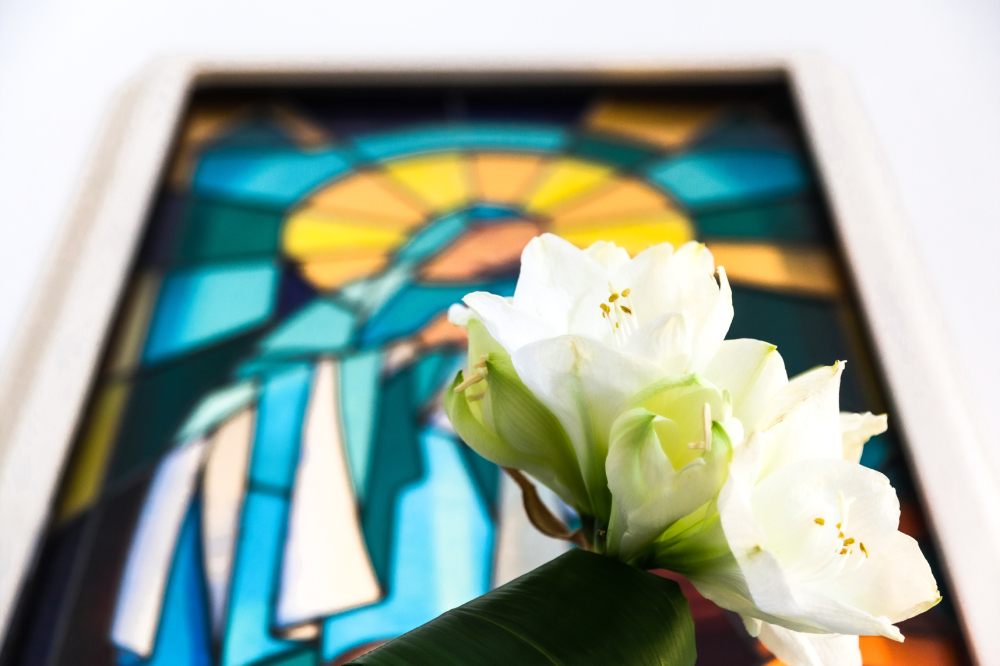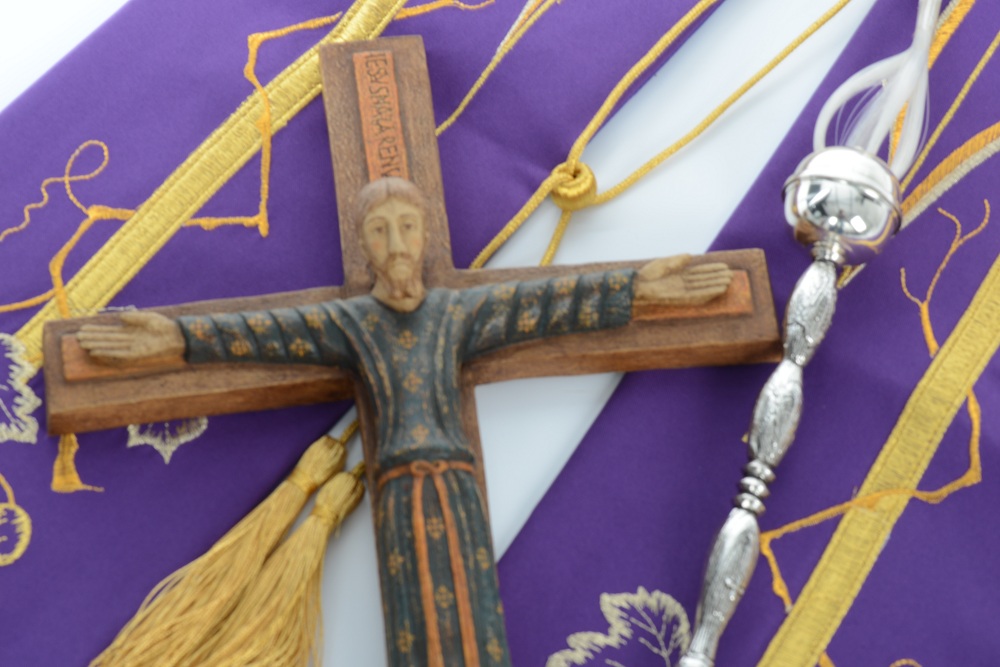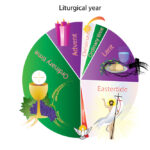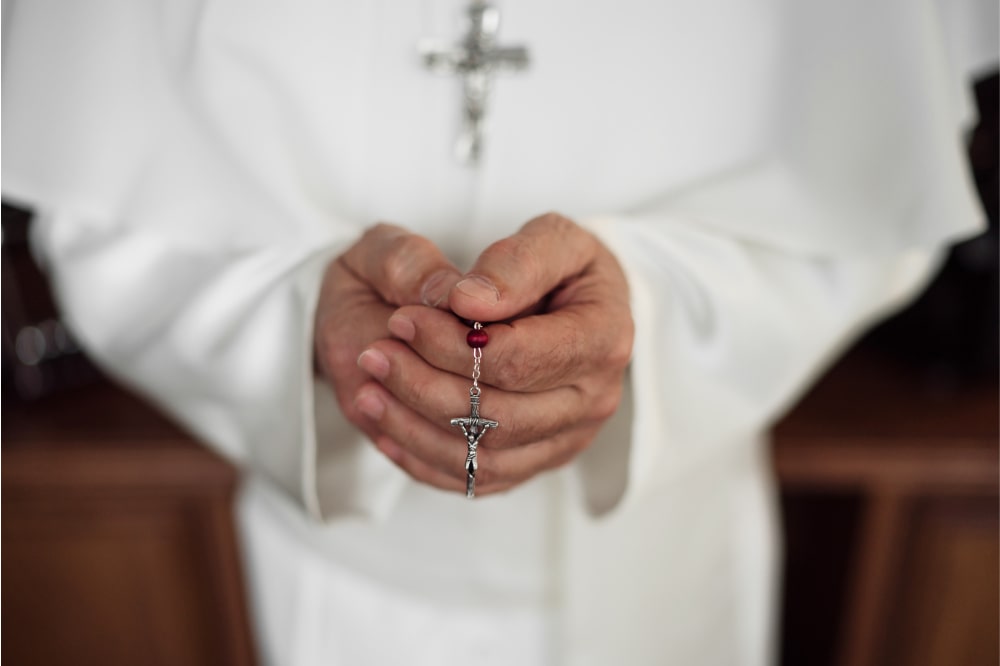Lent, a time of penance, prayer and devotion. What are the most suitable Lenten florets to prepare for Easter in the best way?
Contents
Of all the times of the liturgical year, Lent, the period of about forty days that goes from Ash Wednesday to Holy Easter, is perhaps the one that requires the greatest commitment of Christians as regards work on themselves. It is in those days that one prepares for Easter, purifying the body with fasting and abstinence from the flesh on particular days, and elevating the spirit with prayer. In this context of penance and renunciation, Lenten sacrifices are a practice within everyone’s reach. It is a question of sacrificing something very important to us for the period of Lent. It may be the practice of a particularly dear interest, the renouncing of a food one is greedy for, even the use of television or perhaps of Social Networks. The spirit should be to sacrifice something you hold dear, to face a loss that is painful for us in the name of God.

Ash Wednesday: what it is about
Carnival is about to end. After Shrove Tuesday there is Ash Wednesday, which marks the beginning of Lent. But where does this particular festival originate?
To understand the meaning of a foil it is enough to analyse its very name for a moment. Fioretto derives from a flower, and it is precisely with the same lightness with which a flower is given that we should face this sacrifice. Drawing strength from the depths of ourselves, accepting the commitment we have decided to undertake with courage and spontaneity. Above all, the foil is not a form of bartering with God or the Madonna: no requests, no claims, no double ends.

As for how to convey one’s Lenten foil, it is through prayer that we can ensure that it reaches God the Father, or the Virgin, or the Saint to whom we have chosen to dedicate it. The foil of prayer must have the sentiment, the attitude of the spirit, the availability to dialogue with our most intimate and true self, which becomes a dialogue with God. Just as prayer, even if it may involve a request, is, first of all, a conversation with God, so the foil is not a magic formula, nor a sacrifice made for a gain of some kind.
Therefore, to pronounce our Lenten sacrifices, we must always remember to associate a good deed, a small renunciation of prayer, so that they can reach Jesus more easily.

How to make a foil to the Madonna
We have observed how the term Fioretto (foil) derives from a flower. This juxtaposition appears even more evident if we examine the Florets to the Madonna. In May, the Marian month par excellence, it was customary to offer flowers to the Virgin as a gift and a sign of goodwill. Over time these flowers have taken on a broader and deeper meaning, transforming from real flowers to spiritual flowers, to be offered to the Virgin, and more.

What do we have to give up?
There is no universal answer. For some, it may be a sacrifice to give up a particularly pleasant food, such as sweets, meat, or wine. It is not about a real fast, only to give up for some time what satisfies our palate the most. Or we can do without watching a TV show that particularly excites us, or playing an addicting video game. Given the preponderance of social networks in our daily lives, avoiding compulsively controlling them throughout the day could be a seemingly small sacrifice, but in reality not so easy to bear.
An appreciable commitment could be to moderate our bad temper, to be more patient, tolerant, towards our loved ones, co-workers, or whoever we meet. Cultivating kindness and courtesy should be something natural and constant, but these days it takes more willpower. Still, we can decide to sacrifice some of our time and energy to help others. Greater commitment in the family and at home, some more help to parents and elderly people, perhaps even to non-self-sufficient neighbours, small forms of voluntary work. Even this kind of commitment should be an ever-present component in the life of a good Christian, but perhaps starting to exercise them as a Lenten foil could inspire us for the future.
Religious foil not maintained
Anyone can make a foil. The hard part is keeping it. It takes a spirit of sacrifice, willpower, perseverance, and the commitment is even greater precisely because everything we are doing we are doing without expecting anything in return.
Of course, if you don’t keep a foil, nothing happens. Nobody punishes us, nobody scolds us. But on a personal level, we will have to consider it a great defeat, because if we are not able to carry out an altogether acceptable sacrifice, in its commitment, what kind of human beings and Christians could we be in more burdensome and demanding circumstances? Also for this reason, on the occasion of Lent, it is better to focus on a foil within our reach, something that represents for us an authentic renunciation, a real sacrifice, but also something that we know we can carry on. As Pope Francis observed, if Jesus remained for forty days in the desert to fight against the temptations of the Devil, we can strive to bear a little renunciation with a light heart.


















 5 June 2024
5 June 2024






